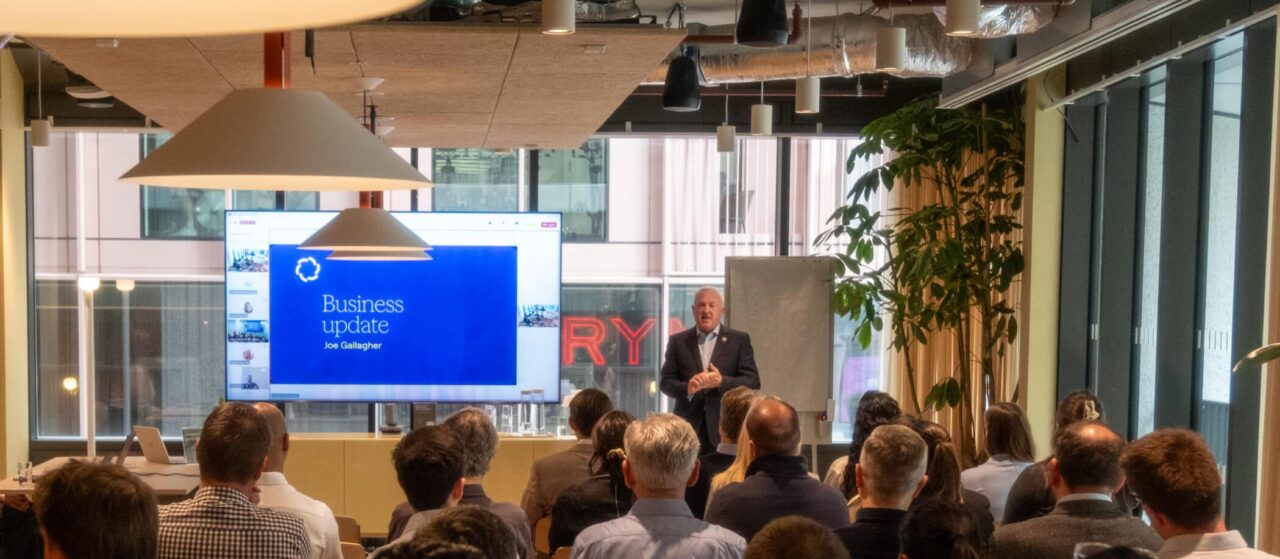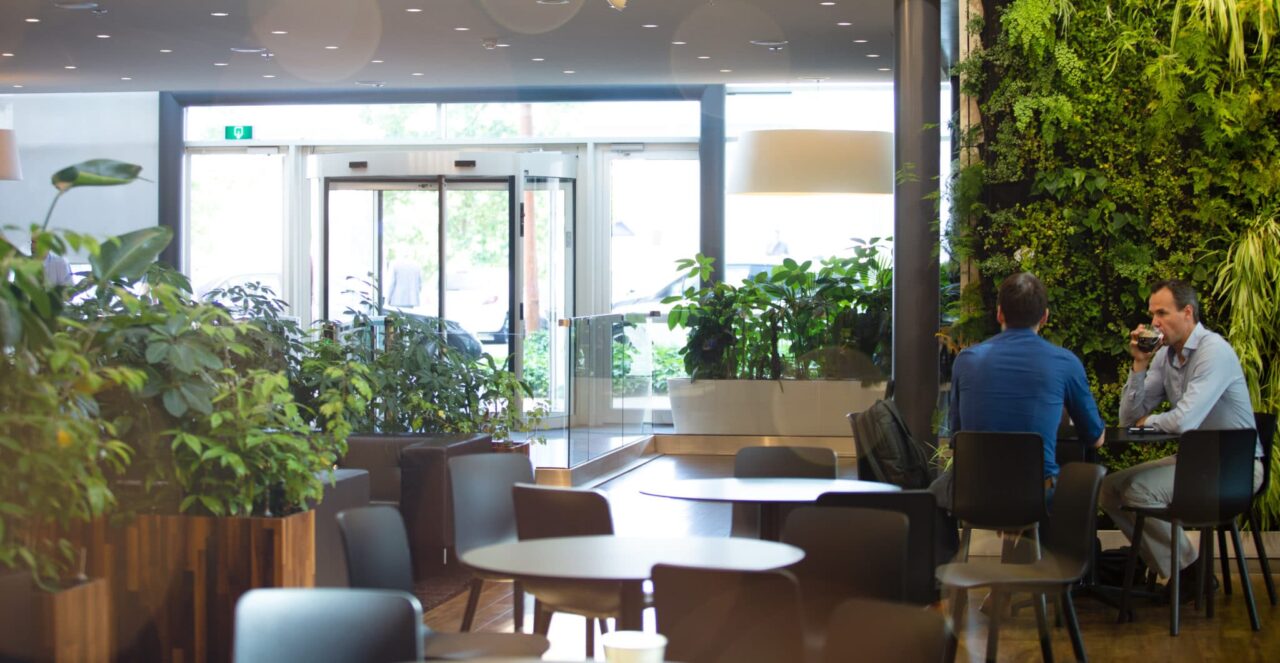Each year, schools spend vast amounts of money on enhancing the education technology at their disposal, a process that is leading to seismic shifts in the classroom. Textbooks – once a classroom staple – appear to be on the way out after Pearson, one of the world’s largest education companies, announced that it will be phasing out print textbooks and moving its resources to digital platforms.
The education company’s move is yet another example of how technology is changing the classroom. It is facilitating a shift from a more traditional, instructional structure of teaching towards collaborative, interactive learning.
Students are unlikely to be phased by this news. Printed textbooks – particularly those necessary for higher education courses – can often be expensive and hard to find. As digital natives, today’s students are comfortable using on-demand subscription services for their entertainment needs, so it makes sense for educational tools to be accessed in the same manner. Furthermore, the digitisation of these tools has the potential to transform the process of everyday learning, improving collaboration and enhancing accessibility to the latest learning materials.
Immersing the classroom through connectivity
New technology isn’t just driving a shift towards online resources, it’s also facilitating new immersive experiences, such as those provided by Avantis. This British technology company launched ClassVR in 2018, a range of virtual reality (VR) headsets designed specifically for use in the classroom.
Through VR teaching aids, pupils can experience famous historical buildings such as the Colosseum in all their ancient glory. Technology can breathe new life into the classroom and unlock students’ imagination. However, if not made inclusive, the technology will only extend the void between advantaged and disadvantaged pupils.We need to ensure that every pupil is benefitting from the classroom of tomorrow. We must strive to make technology the great educational leveller, raising standards of education for pupils regardless of background. That means ensuring the latest educational technology is available to all students, regardless of where they go to school.
Change doesn’t have to be disruptive
In August 2018, the then education secretary, Damian Hinds, challenged the technology industry to launch an “education revolution” for schools, colleges and universities. The terminology used by the minister may have inadvertently caused teachers to worry that Silicon Valley startups were about to invade their classrooms. But technological change doesn’t have to be disruptive; it can cut costs and increase accessibility.
One way this happens is through improving connectivity. Aside from providing the basic connections all schools need, enhancing connectivity can directly support the use of innovative technology like augmented and virtual reality, live streaming and one-to-one student-to-device ratios in the classrooms. Educators must ensure the correct infrastructure is in place to support digital learning materials and maximise the pupil experience.
This change doesn’t have to be radical. It can be incremental. New connectivity infrastructure should be scalable, with future-proofing in mind, so that educational institutions are ready for the technological demands that each new generation of students may throw at them.
This blog was originally published for edtechnology.co.uk










